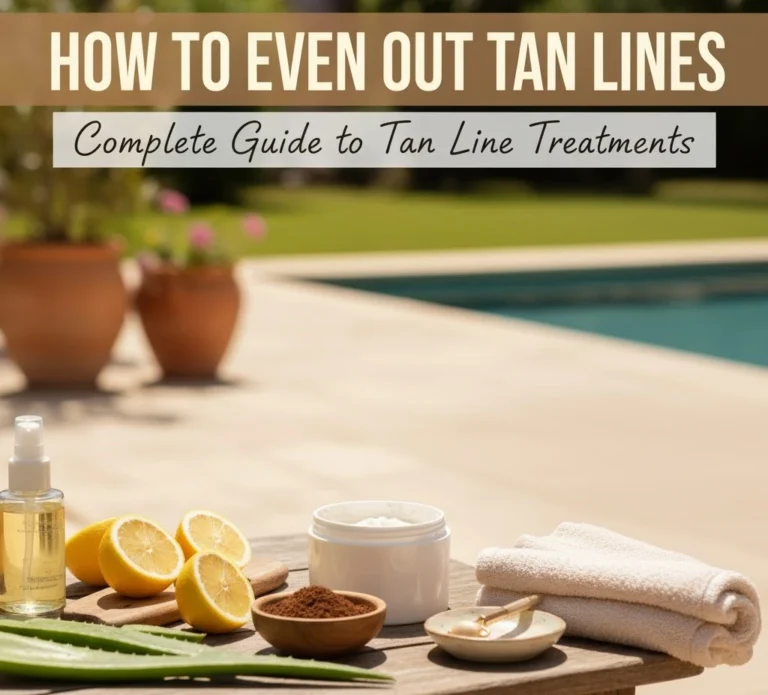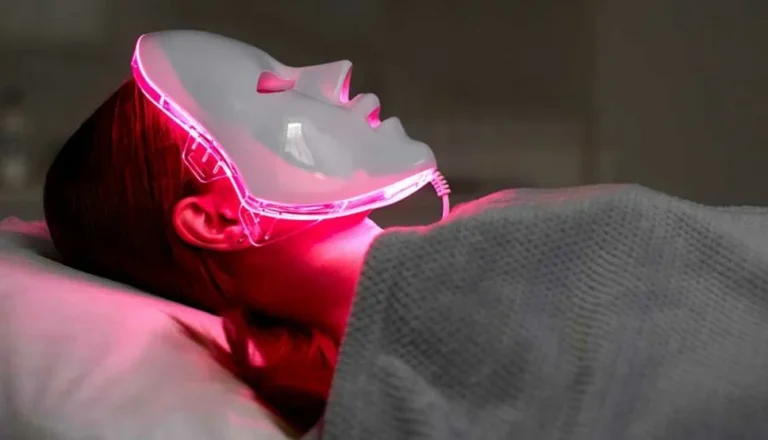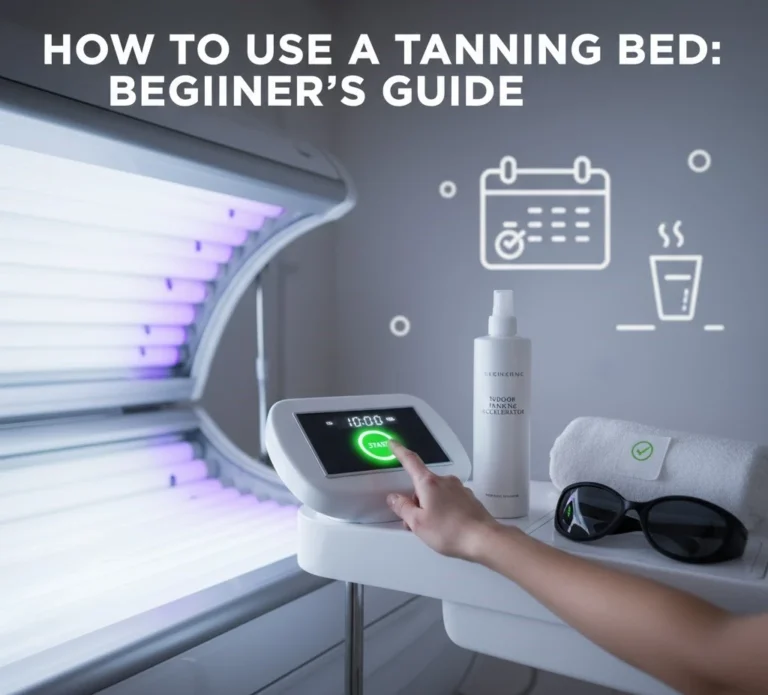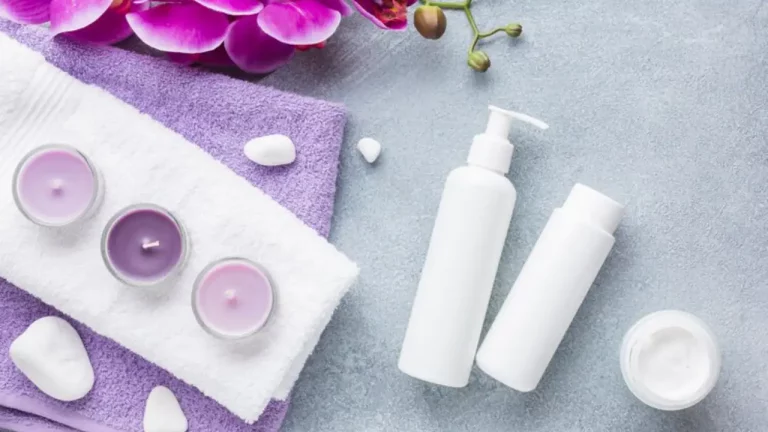Tan Physics: Safe and Smart Tanning Explained
Understanding tan physics is essential for anyone who spends time under the sun or in a tanning bed. Tanning is more than a cosmetic process. It is a biological and physical response to ultraviolet (UV) radiation. Knowing how UV light interacts with your skin helps you tan safely and avoid permanent damage.
Table of Contents
What Is Tanning?

Tanning is the skin’s natural defense against UV radiation. When UV rays penetrate the upper layer of your skin, they stimulate cells called melanocytes. These cells produce melanin, a pigment that absorbs UV radiation and reduces its ability to reach deeper skin layers. As melanin rises to the surface, the skin darkens. This process takes time and depends on your skin type and UV exposure intensity.
Why Understanding the Science Matters
Learning tan physics allows you to tan efficiently without harming your skin. Overexposure causes cellular damage, premature aging, and increases cancer risk. Understanding how UV intensity, wavelength, and exposure duration affect skin can help you control your results. Knowledge helps you balance safety with appearance.
Common Misconceptions About Tanning
Many believe tanning beds are safer than sunlight. In reality, both expose the skin to UVA and UVB radiation. Another misconception is that a base tan prevents sunburn. A tan provides only limited protection, roughly equal to SPF 3 or 4. Some also think darker skin cannot burn, but all skin types can suffer UV damage.
The Science Behind Tanning
Tanning is the body’s way of defending itself against UV radiation. This section breaks down what happens inside your skin when light meets melanin. You’ll learn how tanning actually protects your cells when done correctly.
How UV Rays Affect the Skin
There are two main types of UV rays that affect tanning: UVA and UVB. UVA rays have longer wavelengths and penetrate deep into the dermis. They cause oxidative stress that darkens existing melanin. UVB rays have shorter wavelengths and affect the epidermis. They trigger new melanin production.
Differences Between UVA and UVB Rays
| Type | Wavelength (nm) | Skin Penetration | Primary Effect | Risk Level |
|---|---|---|---|---|
| UVA | 320–400 | Deep dermis | Immediate tanning, aging | High (photoaging) |
| UVB | 280–320 | Upper epidermis | New melanin production | High (burning, DNA damage) |
The Role of Melanin in Skin Protection
Melanin works like a natural sunscreen. It absorbs UV photons and converts them into harmless heat. People with higher baseline melanin levels tan slower but have stronger natural protection. Lighter skin produces less melanin, which means faster burns and slower adaptation.
The Body’s Natural Defense Mechanism
When UV radiation hits the skin, it triggers the release of melanocyte-stimulating hormone (MSH). This activates melanin production. Over several days, melanin granules accumulate around cell nuclei, shielding DNA from radiation. The tan you see is evidence of this defensive process.
Types of Tanning and Their Physical Effects
Every tanning method works differently on your skin. Sunlight, tanning beds, and self-tanners all produce unique reactions. Knowing their effects helps you choose the safest and most effective option.
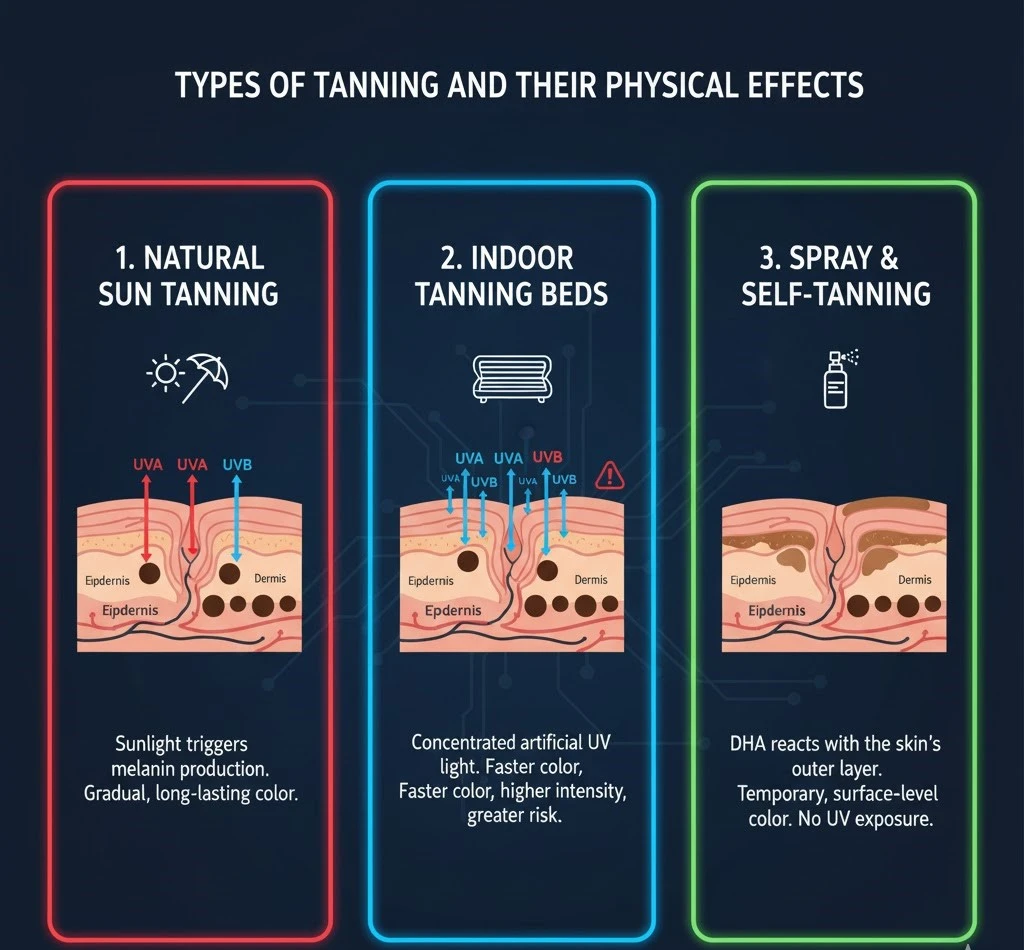
Natural Sun Tanning
Natural sunlight provides both UVA and UVB rays. UVB initiates melanin synthesis, while UVA oxidizes existing pigments. The sun’s intensity changes with time of day, season, and altitude. Excess exposure, even on cloudy days, can cause sunburn due to scattered UV rays.
Indoor Tanning Beds and Lamps
Tanning beds emit controlled UV light, but the ratio of UVA to UVB often exceeds that found in natural sunlight. The concentrated exposure accelerates tanning but also raises the risk of skin aging and DNA mutation. Modern beds regulate intensity through timers and filters, but misuse increases danger.
Spray and Self-Tanning Products
Spray tans and self-tanning creams use dihydroxyacetone (DHA). This sugar reacts with amino acids in the stratum corneum, producing a brown tone. This process does not involve UV exposure, making it safer. The color fades as dead skin cells shed naturally.
The Physics of UV Radiation
UV radiation drives the entire tanning process. Its wavelengths and energy levels determine how much your skin darkens and how quickly it gets damaged. A clear understanding of UV behavior allows smarter tanning decisions.
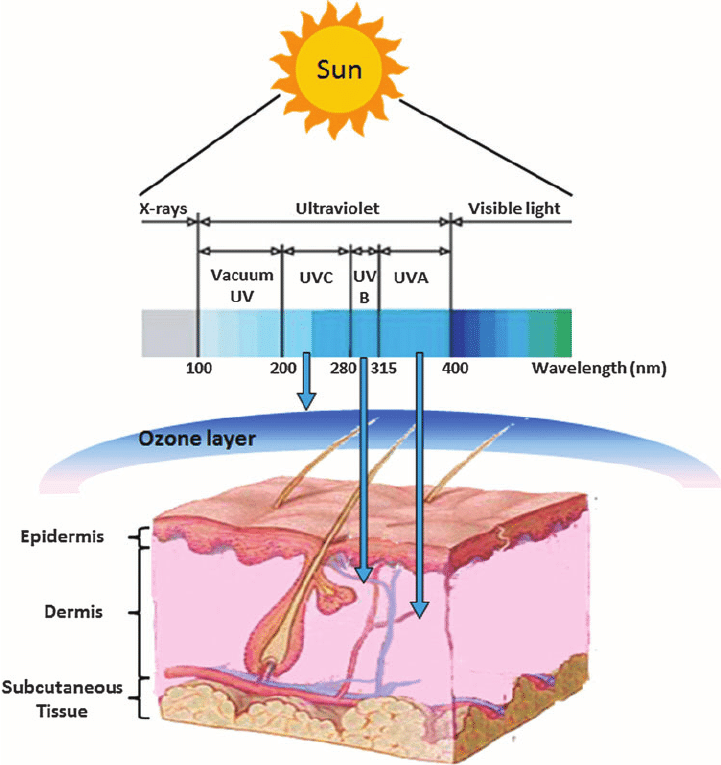
Understanding UVA, UVB, and UVC Wavelengths
UV radiation falls between 100 and 400 nanometers on the electromagnetic spectrum.
- UVC (100–280 nm): Completely absorbed by the ozone layer, not involved in tanning.
- UVB (280–320 nm): Stimulates melanin production and causes sunburn.
- UVA (320–400 nm): Penetrates deeply, responsible for photoaging.
The energy of UV light increases as the wavelength shortens. UVB photons carry more energy, making them more biologically active.
How Light Intensity and Exposure Time Matter
Exposure time determines how much energy your skin absorbs. A shorter, intense exposure can cause burns, while gradual exposure allows melanin to build evenly. UV index readings guide safe durations. A UV index above 8 indicates high risk of skin injury.
Safe Exposure Duration by UV Index (For Medium Skin Type)
| UV Index | Safe Exposure (Minutes) | Risk Level |
|---|---|---|
| 1–2 | 60+ | Low |
| 3–5 | 30–45 | Moderate |
| 6–7 | 20–30 | High |
| 8–10 | 10–15 | Very High |
Reflection and Absorption of Light on Skin
Different surfaces and skin tones affect how much UV light is absorbed or reflected. Snow and sand can reflect up to 80% of UV radiation, increasing exposure even in shade. Darker skin absorbs more UV and tans slower, while lighter skin reflects more but burns faster.
Factors Influencing Tanning Results
Your tanning results depend on more than sunlight. Genetics, environment, and skincare choices all shape how your skin responds. Knowing these factors helps you control your outcome with precision.
Skin Type and Melanin Levels
The Fitzpatrick skin type scale classifies skin by its reaction to UV exposure.
Fitzpatrick Skin Type and Tanning Response
| Type | Description | Burn Risk | Tanning Ability |
|---|---|---|---|
| I | Very fair, freckles | Always burns | Never tans |
| II | Fair | Usually burns | Tans lightly |
| III | Medium | Sometimes burns | Tans gradually |
| IV | Olive | Rarely burns | Tans easily |
| V | Brown | Very rarely burns | Tans strongly |
| VI | Dark brown or black | Never burns | Deeply pigmented |
Age, Genetics, and Environmental Factors
Younger skin regenerates faster but is more sensitive. Genetics determine melanin density and type. Environmental factors, such as humidity and pollution, affect skin hydration and UV absorption. High altitudes and reflective environments like beaches amplify UV intensity.
Use of Tanning Lotions and Enhancers
Tanning accelerators contain tyrosine, a melanin precursor that speeds up pigment production. Bronzers add temporary surface color. Moisturizers with antioxidants protect against oxidative stress. Products with SPF are critical to balance tanning with skin protection.
Risks of Ignoring Tanning Physics
Skipping the science can cost your skin years of health. Overexposure to UV rays leads to burns, aging, and lasting damage. Awareness prevents harm and keeps your tan balanced and safe.
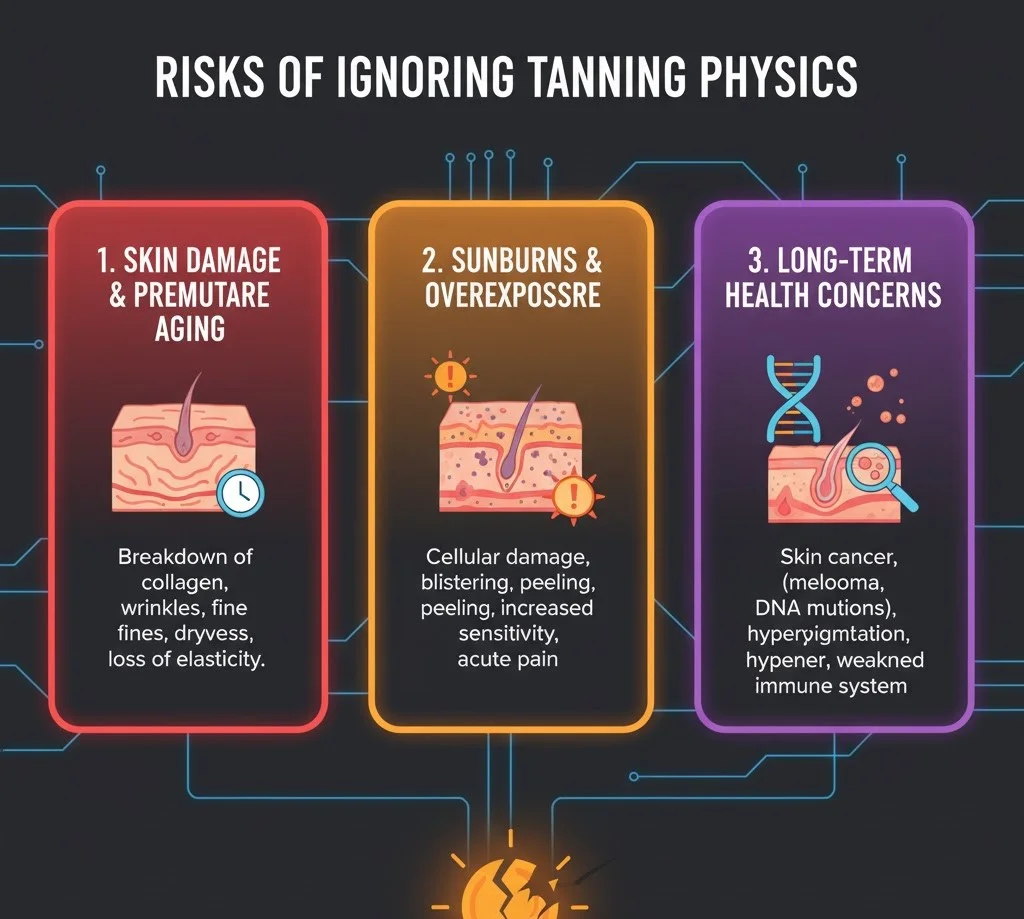
Skin Damage and Premature Aging
UV exposure breaks down collagen and elastin fibers. This leads to wrinkles, dryness, and sagging. Photoaging accounts for up to 90% of visible skin aging. Preventing overexposure is the best way to preserve elasticity and tone.
Sunburns and Overexposure Dangers
Sunburn occurs when UVB radiation overwhelms skin defense. Damaged cells trigger inflammation and redness. Severe burns can cause peeling and increase the risk of skin cancer later in life. Consistent overexposure leads to cumulative cellular damage.
Long-Term Health Concerns
Prolonged UV exposure damages DNA, which may lead to mutations. This can cause melanoma, basal cell carcinoma, and squamous cell carcinoma. Studies by the Skin Cancer Foundation show that tanning bed users before age 35 increase melanoma risk by 59%.
Safe Tanning Practices Based on Physics
Tanning safely requires timing, protection, and recovery. Physics shows that smart exposure builds color without causing injury. Following proven guidelines helps you tan responsibly.
Optimal Exposure Time and Frequency
Safe tanning depends on your skin type and UV intensity. Start with short sessions, around 5–10 minutes for fair skin. Allow 48 hours between exposures to let melanin mature and skin repair. Gradual exposure prevents burns and builds a consistent tone.
The Importance of Protective Measures
Always wear UV-protective goggles during indoor tanning. Apply broad-spectrum sunscreen on sensitive areas like lips and ears. Hydrate well before and after tanning. Avoid perfumes and photosensitizing medications that increase UV sensitivity.
Post-Tanning Skin Care
After tanning, apply aloe vera or ceramide-based moisturizers to restore hydration. Vitamin C serums help neutralize free radicals. Avoid exfoliating immediately after tanning. Drink plenty of water to maintain skin elasticity.
The Future of Tanning Technology
Tanning technology continues to evolve with science. Innovations now combine safety with performance through smart sensors and red light therapy. The future of tanning aims for beauty without risk.
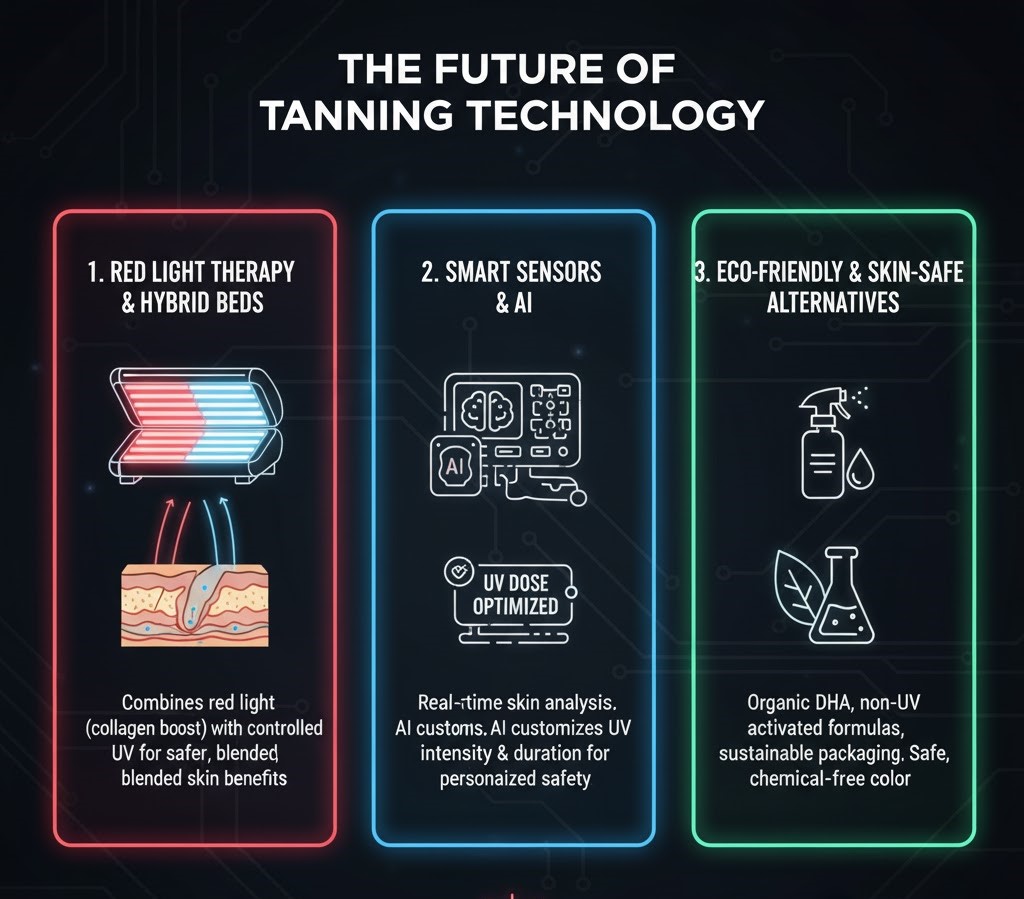
Red Light Therapy and Hybrid Beds
Hybrid tanning systems combine UV and red light. Red light therapy promotes collagen production and skin repair while UV induces melanin formation. This reduces irritation and helps maintain healthier skin while tanning.
Smart Sensors and AI in Tanning Machines
Modern tanning beds use UV sensors and AI algorithms to calculate personalized exposure times. These systems adjust intensity based on your skin tone, previous sessions, and desired tan depth, reducing overexposure risks.
Eco-Friendly and Skin-Safe Alternatives
New tanning products use plant-based DHA derived from sugar beets. These organic formulations reduce allergic reactions. Some brands add antioxidants and vitamins to protect the skin barrier. Water-based sprays minimize pore clogging and dryness.
Conclusion
Understanding tan physics helps you make informed choices. Tanning is not just about appearance; it involves complex biological responses to UV energy. Knowing how light interacts with your skin reduces damage, improves results, and supports long-term health. Safe tanning practices rely on controlled exposure, proper protection, and awareness of your skin’s limits.
Frequently Asked Questions
1. Can you tan through a window?
Most glass blocks UVB rays but allows UVA to pass through. This means you can get minor pigmentation but no real vitamin D production.
2. How long does it take to see tanning results?
It usually takes 2–3 days for melanin to darken visibly after exposure. Deeper tones develop after consistent sessions.
3. Is tanning once a week safe?
For most skin types, moderate exposure once a week is safe if sessions are brief and sunscreen is used on sensitive areas.
4. Do tanning beds cause vitamin D production?
Only if the bed emits sufficient UVB radiation. However, the health risks outweigh the benefits compared to vitamin D supplements.
5. What is the safest way to maintain a tan?
Use gradual tanning lotions or self-tanners that rely on DHA. Keep your skin moisturized and exfoliate gently to ensure even fading.
6. Why does my tan fade quickly?
Tans fade as skin cells renew. Dehydration, friction, and exfoliation accelerate this process. Moisturizing daily extends tan duration.
7. Are tanning accelerators safe for all skin types?
Yes, if they are dermatologically tested and used as directed. Always choose paraben-free and fragrance-free formulas for sensitive skin.
8. Does tanning prevent acne?
UV light may temporarily dry out acne but worsens inflammation over time. Excess exposure disrupts oil balance and increases scarring risk.


